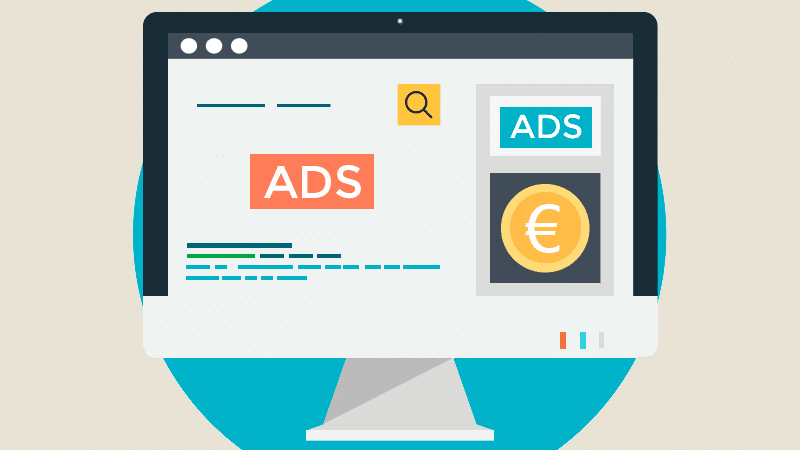How to Build AI with Python – A Beginner’s Guide

Introduction
In today’s fast-paced technological world, Artificial Intelligence (AI) has become a driving force in transforming industries and reshaping our everyday lives. Whether it’s in healthcare, finance, retail, or autonomous vehicles, AI is playing a pivotal role in solving complex problems and creating new possibilities. But what powers this intelligence? Enter Python – a programming language that has become synonymous with AI development.
Python has earned its place as the go-to language for AI development due to its simplicity, versatility, and powerful libraries that make building AI applications easier than ever before. From machine learning algorithms to natural language processing and computer vision, Python is the backbone of many cutting-edge AI technologies.
In this article, we’ll explore why Python is the ideal language for AI development, its key applications in the world of artificial intelligence, and how it’s shaping the future of technology.
Why Python is the Go-To Choice for AI Development
Python is not just popular because it’s easy to learn but because of the multitude of features that make it ideal for AI. Here’s why:
- Simple and Readable SyntaxPython’s readability is one of the primary reasons why it's so widely adopted for AI projects. The language’s simple structure allows developers to focus on implementing logic rather than wasting time on complex syntax rules.
- Rich Libraries and FrameworksPython comes equipped with a variety of powerful libraries and frameworks such as TensorFlow, Keras, PyTorch, scikit-learn, and NLTK. These libraries make it easier to develop complex AI systems for machine learning, natural language processing, and computer vision.
- Strong Community SupportThe Python community is vast, meaning that support is readily available for anyone looking to solve problems or learn new techniques. The AI and data science communities continue to contribute a wealth of knowledge and resources, which accelerates innovation and development.
- Versatility and ScalabilityPython is suitable for both small-scale and large-scale AI projects. Whether you're building a simple chatbot or training a complex deep learning model, Python can handle it all. Its versatility allows it to be used for a wide range of AI applications.
Key Applications of AI with Python
Python’s AI capabilities can be seen across several industries. Let’s look at some areas where Python is being used to power AI solutions.
- Machine Learning and Predictive AnalyticsPython plays a major role in the development of machine learning models. By analyzing data, AI models can make predictions, identify patterns, and even automate decision-making. Python’s libraries, such as scikit-learn and TensorFlow, make it easy to develop and deploy machine learning algorithms.
- Natural Language Processing (NLP)Natural Language Processing is another area where Python shines. With libraries like spaCy and NLTK, Python enables machines to understand, interpret, and generate human language. Chatbots, language translators, and sentiment analysis systems are all powered by Python-based AI models.
- Computer Vision and Image RecognitionPython is also widely used in computer vision, enabling machines to interpret and analyze visual data. Libraries like OpenCV and TensorFlow allow developers to create systems that can identify objects, recognize faces, and perform tasks like image classification and segmentation.
The Future of AI with Python
As AI continues to evolve, Python will remain at the forefront of innovation. Its simplicity and ability to scale make it an ideal language for developing the next generation of AI applications. From self-driving cars to personalized virtual assistants, Python is helping shape the future of technology.
Python’s role in AI isn’t just limited to development. It will continue to push the boundaries of what’s possible, driving advancements in machine learning, deep learning, and other cutting-edge technologies.




